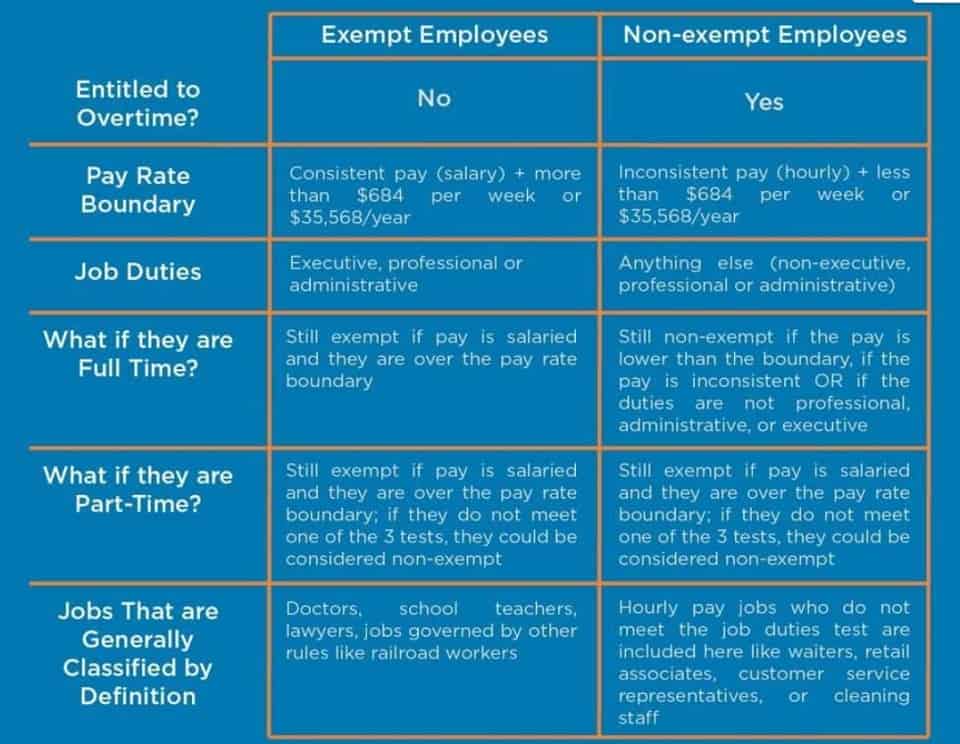
He owns Genuine Communications, which helps CMOs, founders, and marketing teams to build brands and attract customers. Expenses consist of money paid by the business in exchange for a product or general ledger account service. FreshBooks offers smaller businesses a great way to manage their general ledger. FreshBooks currently offers four plan options, making it easy to transition to a more powerful plan.
Purchase ledger
Once the Journal is complete, these transactions are then posted to individual accounts contained in General Ledger. Combining machine learning enabled financial processes and real-time recording of transactions, traditional accounting functions such as closing the books can occur in a fraction of the time it used to. The general ledger acts as a central depository for accounting information collected from subledgers, for example, stock, cash on hand, accounts receivable, customer deposits, accounts payable, etc. The general journal and general ledger still exist in the modern era of accounting, just not in an analog format. Instead of recording each transaction in two places, you record transactions once, reducing the likelihood of transposition errors. It often includes detailed information about each transaction and is used as a temporary record.
What’s the difference between a journal entry and a general ledger?
Are you a small business owner looking to understand general ledger accounting? In this guide, we’ll provide you with an introduction to where general ledgers fit into small business accounting. Instead, financially-minded individuals — and businesses — use ledgers to fastidiously document money that’s they’re paying out, or being paid. QuickBooks Desktop offers excellent general ledger reporting options for small and growing businesses alike. Designed for the single-user office as well as growing businesses with multiple users, QuickBooks Desktop offers three plans to choose from. General Ledger Codes are nothing but the numeric codes that you assign to different General Ledger Accounts.
3 Top-Rated Free Accounting Software – Software Advice
3 Top-Rated Free Accounting Software.
Posted: Tue, 28 Nov 2023 08:00:00 GMT [source]
Income Statement
- Separating these accounts from the main ledger removes a large amount of detail and allows different staff to work on different aspects of the accounting records.
- It serves as a comprehensive record of all the financial activities and provides valuable insights into the financial health of the business.
- In the past, the general ledger was literally a ledger—a large book where financial data was recorded by hand.
- A general ledger represents the record-keeping system for a company’s financial data, with debit and credit account records validated by a trial balance.
- The accountant would then increase the asset column by $1,000 and subtract $1,000 from accounts receivable.
- By categorizing financial transactions into these accounts, businesses can effectively monitor and analyze their financial performance.
It provides details about finances such as cash flows, assets, liabilities, inventory, purchases, sales, gains, losses, and equity. The general ledger is responsible for tracking the business’s expenses, liabilities, revenue, assets and capital. A general ledger records every transaction a business makes and serves as the basis of your financial reporting.

He has been a manager and an auditor with Deloitte, a big 4 accountancy firm, and holds a degree from Loughborough University. As the business grows and the number of accounting staff increases it is impractical to have only one ledger. In these circumstances it is common to split off sections of the main ledger into separate subledgers. Only the final three columns debit, credit, and balance include monetary amounts. For this reason the format shown is referred to as a 3 column general ledger.
Cash Flow Statement
These controls must be in place for legal matters, so be sure controls are implemented for the accounting department as well. Using a GL will keep you up-to-date on your cash flow, debts, and spending, so you can watch for trends and make adjustments to your business operations to maximize profits over time. Shaun Conrad is a Certified Public Accountant and CPA exam expert with a passion for teaching. After almost a decade of experience in public accounting, he created MyAccountingCourse.com to help people learn accounting & finance, pass the CPA exam, and start their career. Therefore, everyone within the company network can access the ledger at any point and make a personal copy of the ledger, making it a self-regulated system. This mitigates the risks that Centralized General Ledgers have from having one source control the ledger.

Overlooking Reconciliation of Accounts
- I don’t pay for much with checks anymore, but when I do write one to pay rent every month, I always write down the check number and the amount in the little paper ledger at the front of my checkbook.
- The money your business earns and spends is organized into subsidiary ledgers (also called sub-ledgers, or general ledger accounts).
- This information can help management make financial and data-based decisions.
- Sub-ledgers are great for accounts that require more details to review the activity, such as purchases or sales.
- For instance, the ledger folder could have a cash notebook, accounts receivable notebook, and notes receivable notebooks in it.
Sub-ledgers (subsidiary ledgers) within each account provide additional information to support the journal entries in the general ledger. Sub-ledgers are great for accounts that require more details to review the activity, such as purchases or sales. The double-entry accounting method requires every transaction to have at least one debit (incoming money) and one credit (outgoing money) entry, which must always balance out. It is important to note, however, that the number of debit and credit entries does not have to be equal, as long as the trial balance is even. The set of 3-financial statements is the backbone of accounting, as discussed in our Accounting Fundamentals Course.
Bookkeeping
For example, a business may have a separate sub-ledger for accounts receivable, accounts payable, and inventory. This division allows for easier tracking and analysis of specific financial activities. Sub-ledgers roll up into the general ledger, providing a consolidated view of the company’s overall financial picture. In the past, the general ledger was literally a ledger—a large book where financial data was recorded by hand. Of course, it’s still possible to do your bookkeeping with a paper ledger. But since bookkeeping by hand takes 1,000 times longer, most business owners and bookkeepers use accounting software to build their general ledgers.
Your software of choice will probably have an option to “View general ledger,” which will show you all the journal entries you’ve entered (for a given time frame). If the assets you have recorded don’t equal the value of your equity plus liabilities, your account balances don’t match and need to be corrected. If you decide to research double-entry bookkeeping, you’ll probably come across the term “trial balance” often. If you choose to set up a double-entry ledger, you should be ready to prepare trial balances regularly. When you record a financial transaction, it’s called a journal entry, because bookkeeping has always been done by hand, in journals.
Knowledge of Qatar’s accounting and tax regulations is a plus.

After the journals are complete for the period, the account summaries are posted to the ledger. In order to simplify the audit of accounting records or the analysis of records by internal stakeholders, subsidiary ledgers can be created. Consider the following example where a company receives a $1,000 payment from a client for its services. The accountant would then increase the asset column by $1,000 and subtract $1,000 from accounts receivable.
Tinggalkan Balasan